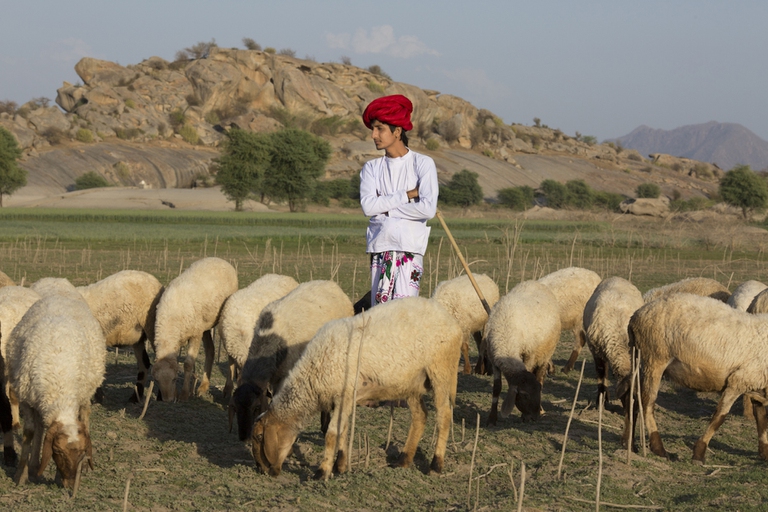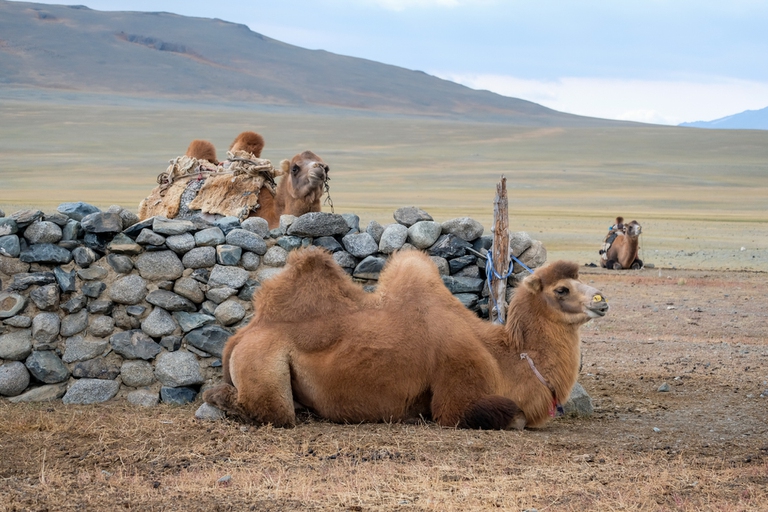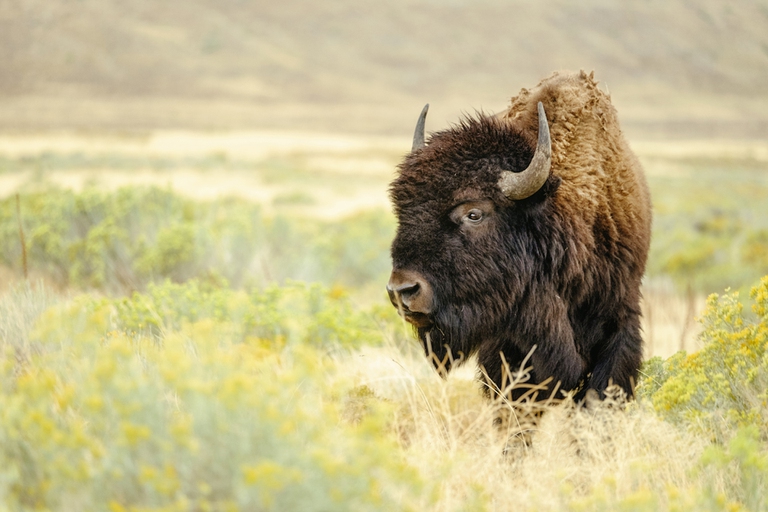https://www.lifegate.it/onu-meta-pascoli-pianeta-degradata
- |
- Rangelands are a source of livelihood for billions of people on the planet, but 50 percent of them are degraded.
- They are converted into arable land and urban areas with loss of soil fertility and biodiversity.
- According to the UN, sustainable management of pastures and pastoralism is necessary to guarantee food security and combat the climate crisis.
The 50 percent of rangelands are degraded and this is a threat tofood supply of humanity, to survival and well-being of two billion people et al climate: the thematic report states this Global Land Outlook on pastures and shepherds, launched in Ulaanbator, Mongolia, by Convention from the United Nations to fight the desertification (Unccd).

What are pastures and what are the causes and consequences of their degradation
By pastures we mean natural grasslands, but also savannas, shrubs, wetlands, tundra And deserts used by livestock and give it wild animals to graze and obtain food:these lands constitute the 54 percent of all the earth's surface, they represent one sixth of global food production and almost a third of the planet's carbon dioxide reservoir. In many West African states, for example, livestock production employs 80 percent of the population, while in Central Asia 60 percent of the land is used as pasture, and livestock farming supports nearly a third of the people.
The pastures are threatened by their conversion into cultivated lands, fromurbanization, give it excessive exploitation, come on climate changes, from conflicts, fromabandonment by the shepherds who find themselves without incentives and support. The degradation of pastures leads to decrease in soil fertility and nutrients, theerosion, the salinization, thealkalization and soil compaction which inhibit plant growth, contributing to drought, precipitation fluctuations and loss of biodiversity both on the surface and below the ground.
Because it is necessary to protect the pastures and the shepherds
Among the areas of the world most seriously affected are Central Asia, China, Mongolia, North Africa and the Near East, Sahel and West Africa, South America, but the problem also affects North America, Europe, South Africa and Australia. The paradox is that, as highlighted by the report, efforts to increase the food safety and productivity by converting pastures to agricultural production in predominantly arid regions have led to land degradation and a lower agricultural yields.

“The conversion of ancient pastures occurs in silence and generates little public reaction,” said the executive secretary of the UNCCD Ibrahim Thiaw.“Despite numbering approximately half a billion individuals worldwide, pastoralist communities are often overlooked, have no say in political decision-making that directly impacts their livelihoods, are marginalized, and often considered outsiders in their own lands ”.
The report denounces a weak and ineffective governance and the lack of investments on pastures which, combined with a lack of knowledge and a lack of data on these realities, they compromise the sustainable management of their immense value in food supply and climate regulation.

From the Tropics to the Arctic, the report highlights the need for protect pastoralism, one nomadic and ancient lifestyle based on grazing sheep, goats, cattle, horses, camels, yaks, llamas as well as bison and reindeer.And to do so he proposes several strategies, from the integration of climate change mitigation and adaptation practices with sustainable pasture management plans to increase CO2 sequestration and storage, while increasing the resilience of pastoral and rangeland communities through to the promotion of support policies and management systems to enhance the services that pastures and shepherds provide to the entire society.
